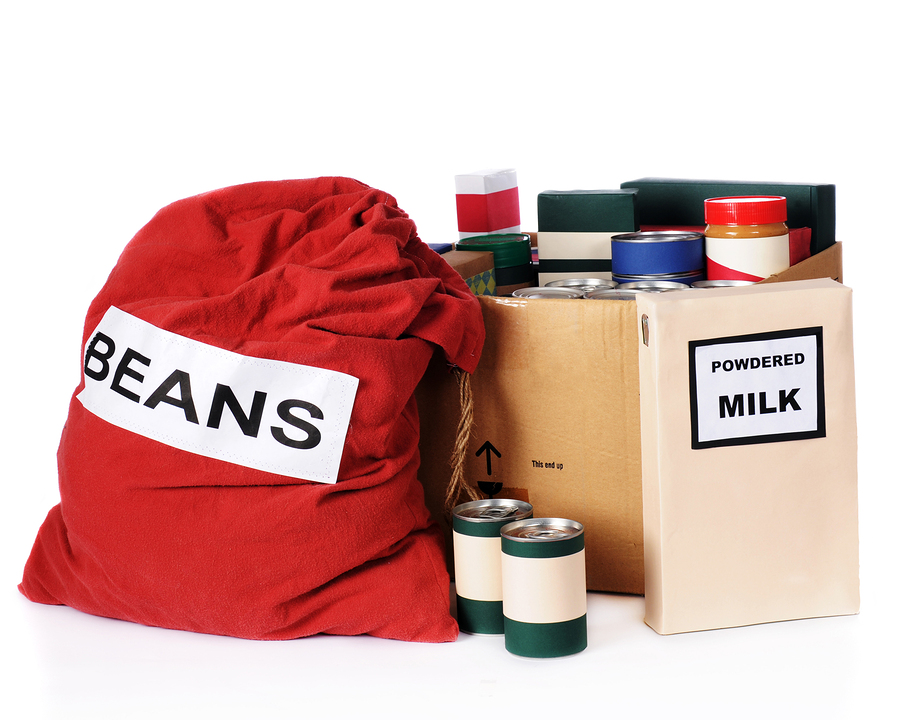
This week, the White House released its proposed 2019 budget. It includes both items from the 2018 budget that have not yet been enacted and new items in the form of eliminations and reductions. Let’s look at the implications for the food industry.
Food stamps
This is the big one. The budget proposes a major reform to the Supplemental Nutrition Assistance Program (SNAP) program.
Under the proposal, any household that receives more than $90 in SNAP benefits would receive a portion of those benefits in actual food. The “USDA Foods package,” or “America’s Harvest Box,” would include items like “shelf-stable milk, ready to eat cereals, pasta, peanut butter, beans and canned fruit, vegetables, and meat, poultry, or fish.” The rest of the benefits would continue to go on an EBT card that can be used at approved grocery retailers.
The administration suggests this shift will “improve the nutritional value of the benefit provided and reduce the potential for EBT fraud.” States would be responsible for the food box delivery system. The reform also changes the eligibility requirements SNAP benefits.
According to Food Dive, this change, if implemented, could cost certain food retailers, like Walmart, millions of dollars per year.
The Food Marketing Institute said the changes are not “positive or even efficient.” The institute’s Chief Public Policy Officer Jennifer Hatcher commented: “Perhaps this proposal would save money in one account, but based on our decades of experience in the program, it would increase costs in other areas that would negate any savings.”
APHIS inspection
The budget calls for a reduction of funds for the USDA Animal and Plant Health Inspection Service (APHIS), which is responsible for animal and plant health and also animal welfare. Currently, APHIS shoulders almost the entire burden for certain pest and disease programs. The new proposal shifts that burden to the states.
User fees
The new budget proposes or establishes several new user fees intended to cover part or all of the cost of various services:
- APHIS
- Enforcement of the Animal Welfare Act
- Regulation of biotechnology derived products
- Regulation of veterinary biologics products
- Federal Grain Inspection Service (FGIS)
- Agricultural Marketing Service (AMS)
- Food Safety and Inspection Service — This user fee would apply to inspections in the meat, poultry, and egg industries. It would not apply to investigation, enforcement, risk analysis, or emergency response.
- Packers and Stockyards Program
Manufacturing Extension Partnership (MEP)
The budget would eliminate all federal funding for the MEP program, which subsidizes advisory and consulting services for small and medium-sized manufacturers. In the food industry, this includes helping manufacturers with food safety programs, internal audits, and regulatory compliance.
The administration says that the program centers have received funding beyond what was originally intended and that “many of the services provided by MEP centers can be obtained elsewhere.”
National Farmworker Jobs Program
The budget proposes to eliminate the Migrant and Seasonal Farmworker Training program, aka the National Farmworker Jobs Program, which helps migrant farmworkers by providing training and employment, as well as housing assistance grants and other services.
The administration notes that the program appears to work, but that it “has not been rigorously evaluated so it is unclear whether these outcomes would have happened in the absence of the program.”
The Farm Bill
The administration proposes eliminating Farm Bill subsidies for farmers with incomes over $500,000, reducing crop insurance subsidies, and eliminating some programs entirely.
Under the proposal, no single producer would receive more than $125,000 ($250,000 for married couples) in commodity support payments per year, and crop insurance premium subsidies would be reduced from 62% to 48%.
Items on the chopping block entirely include the Conservation Stewardship Program (CSP), the Regional Conservation Partnership Program, and programs that single out certain commodities or provide mandatory feed assistance for livestock.
________________________
This is a proposed budget and, as such, just a starting place for upcoming negotiations. Stay tuned for updates as they roll in!







